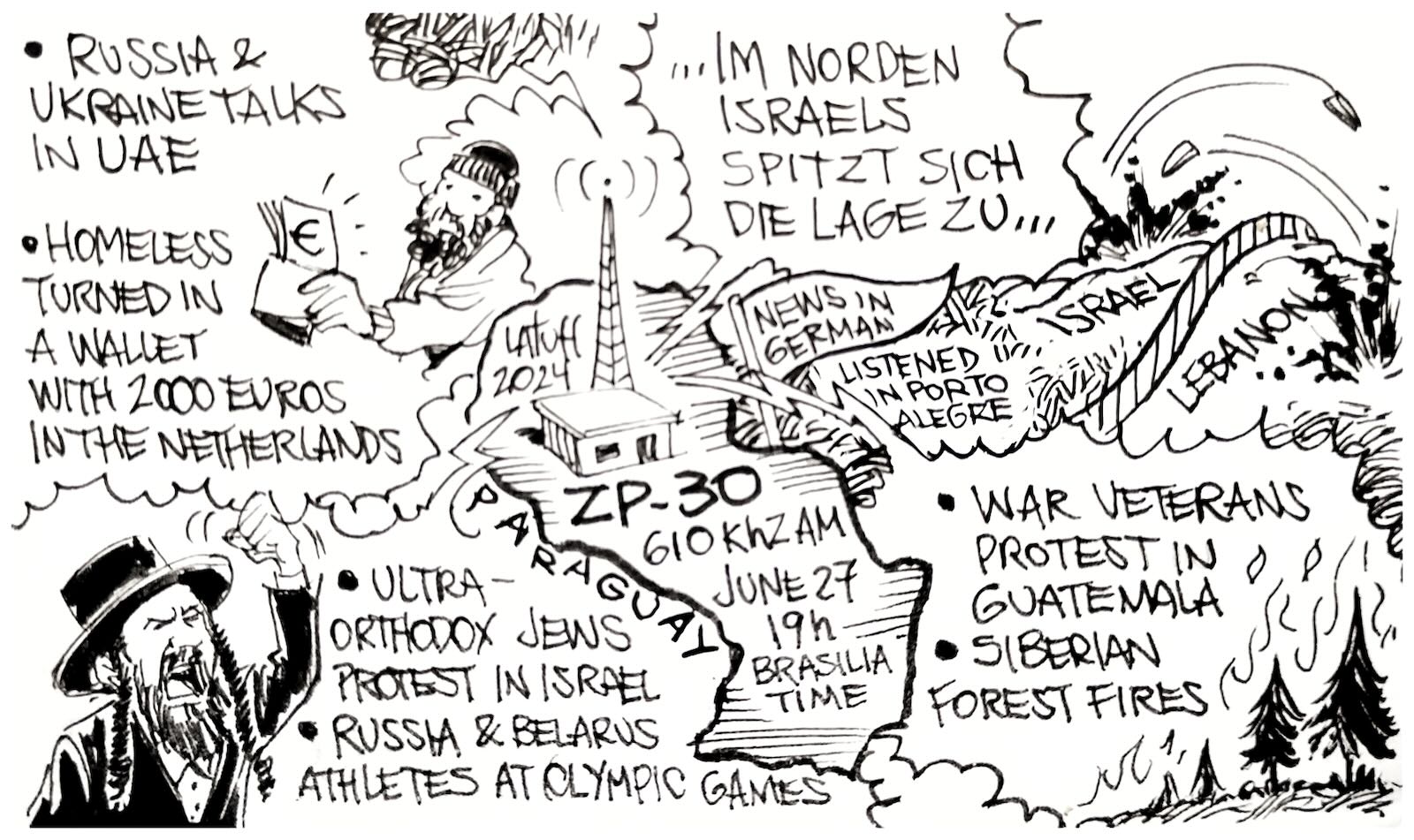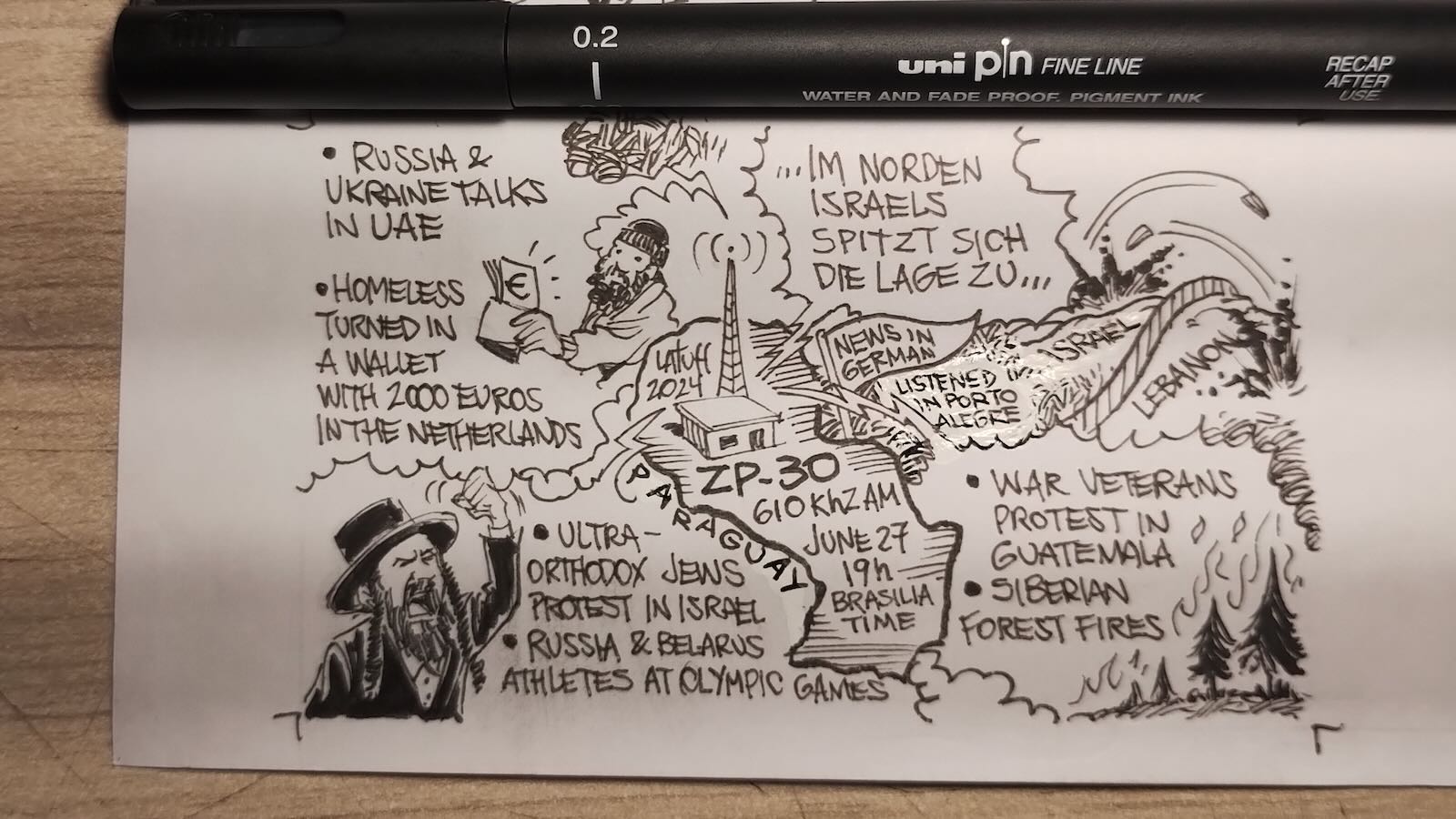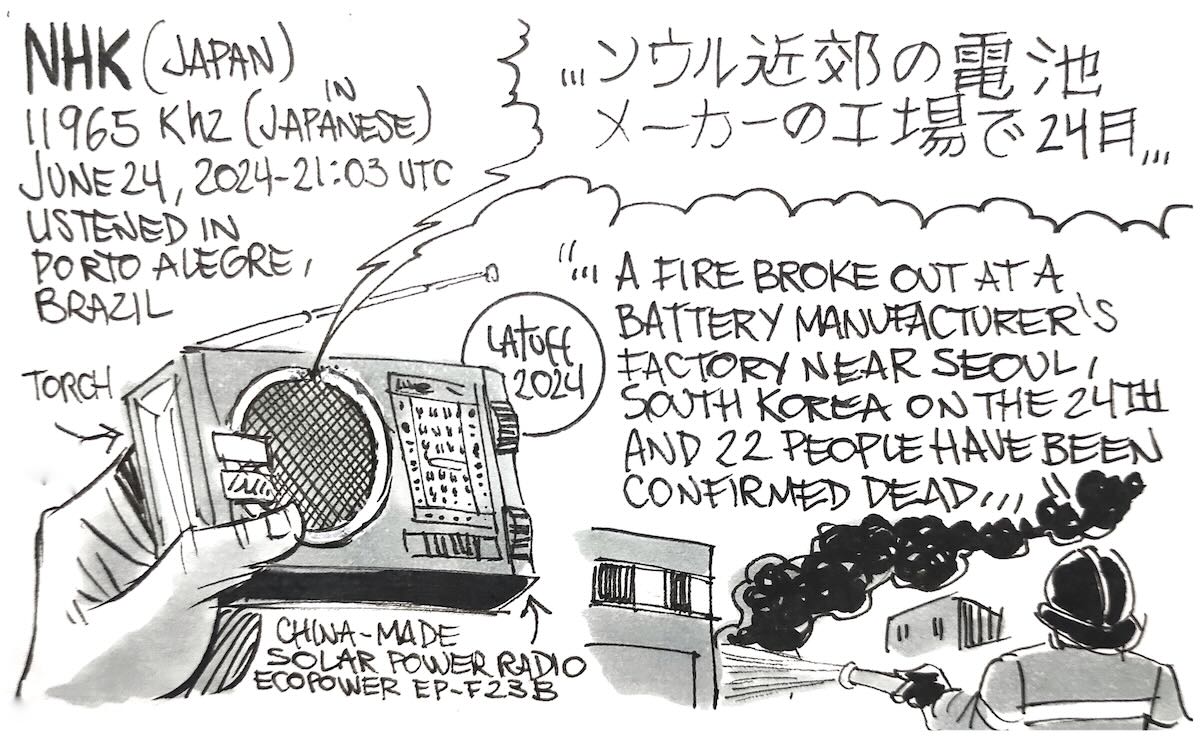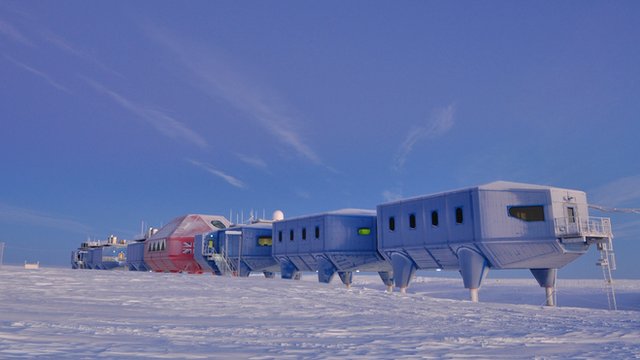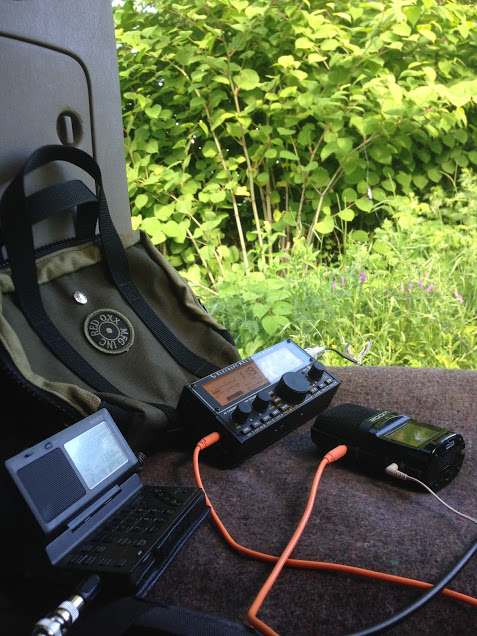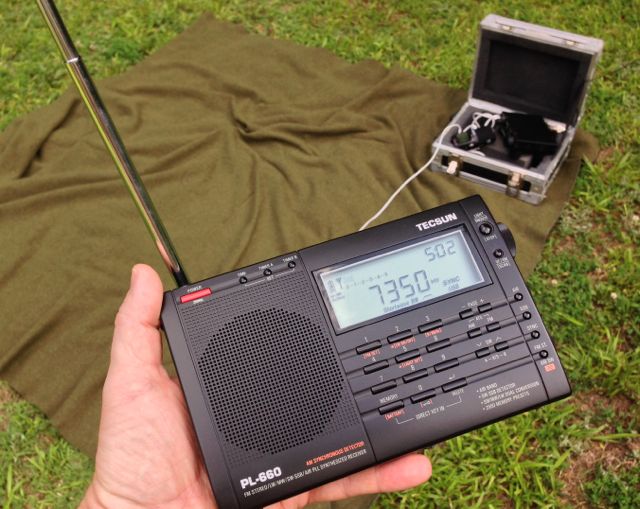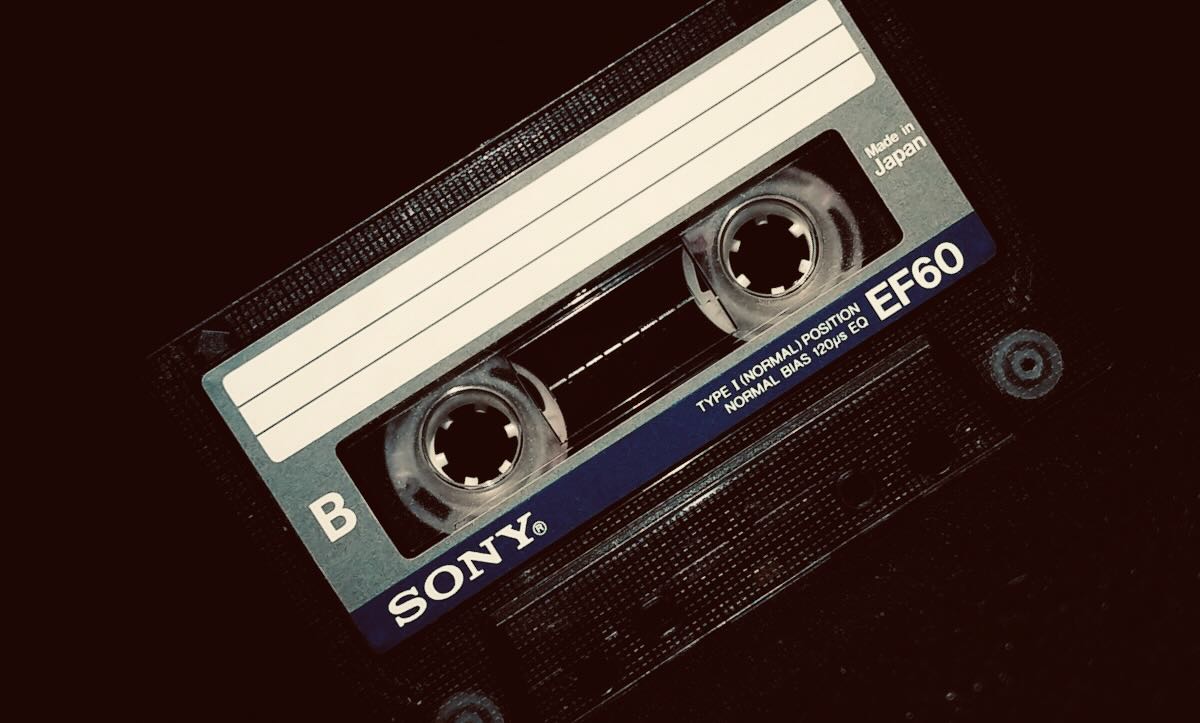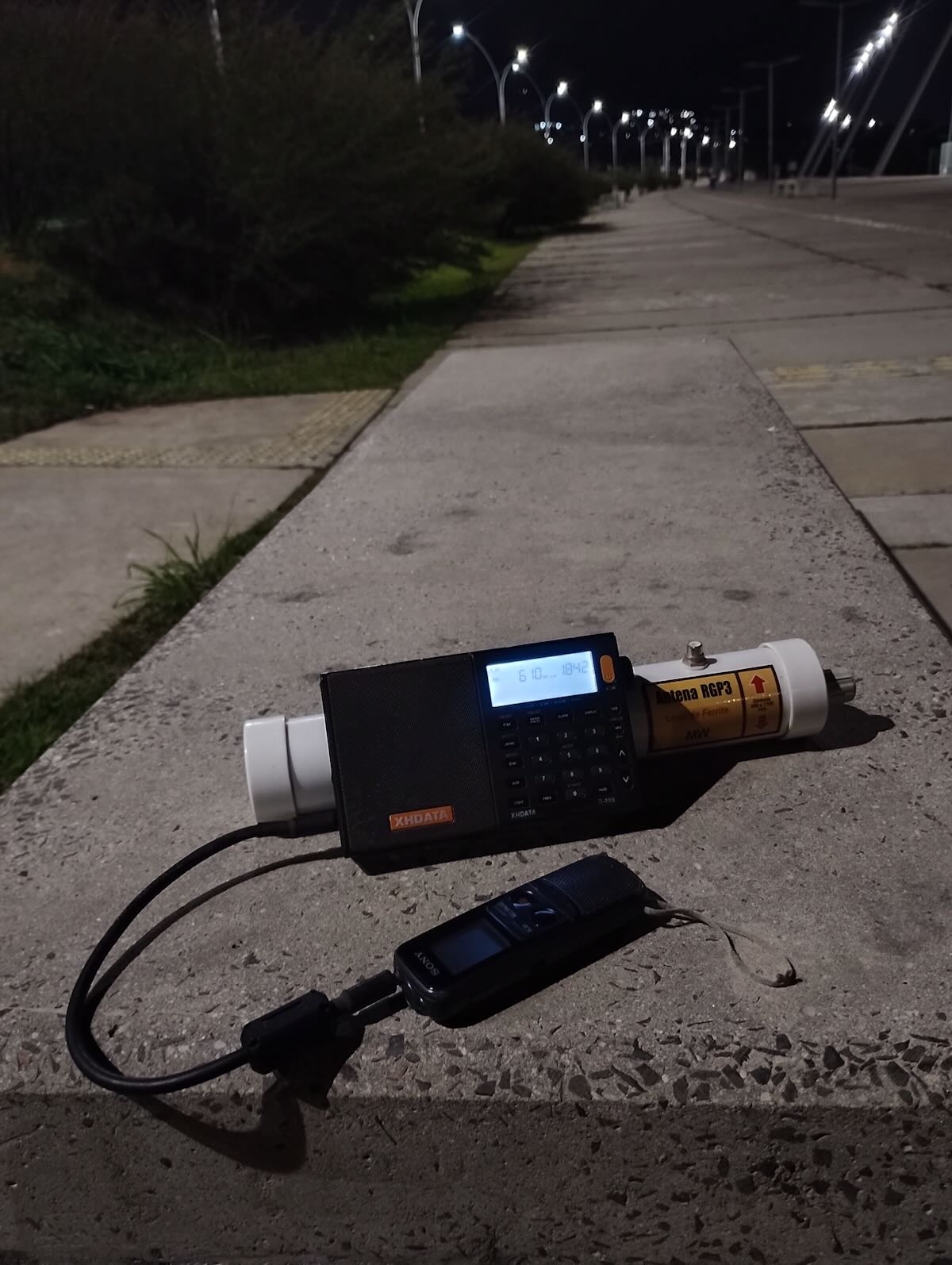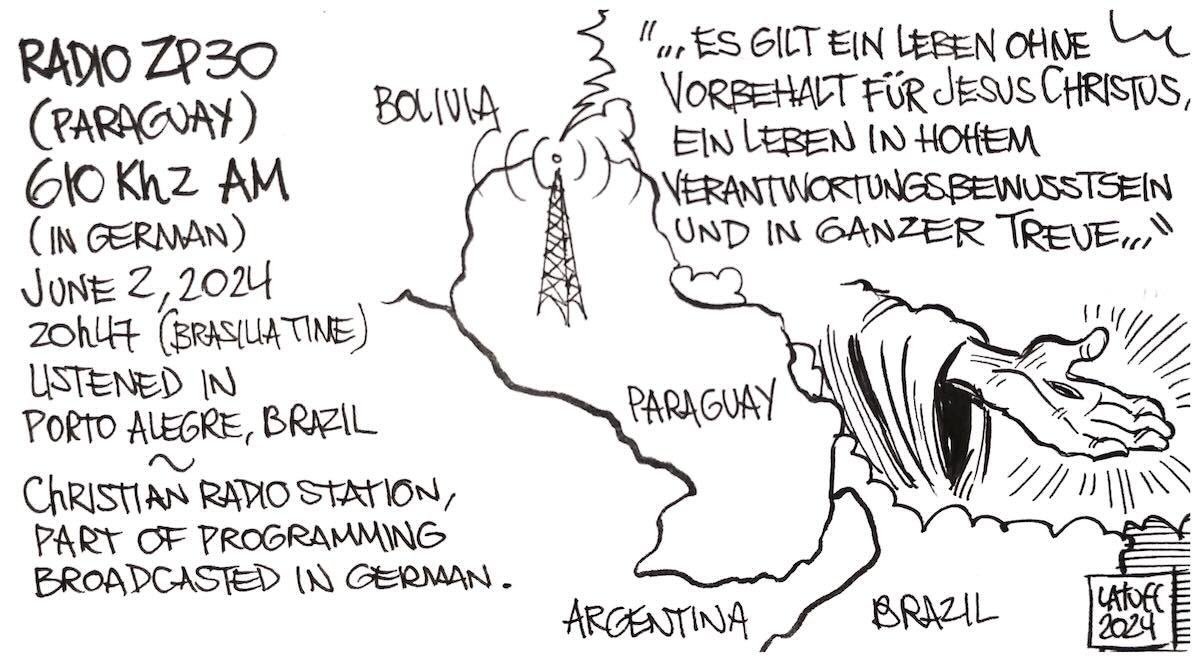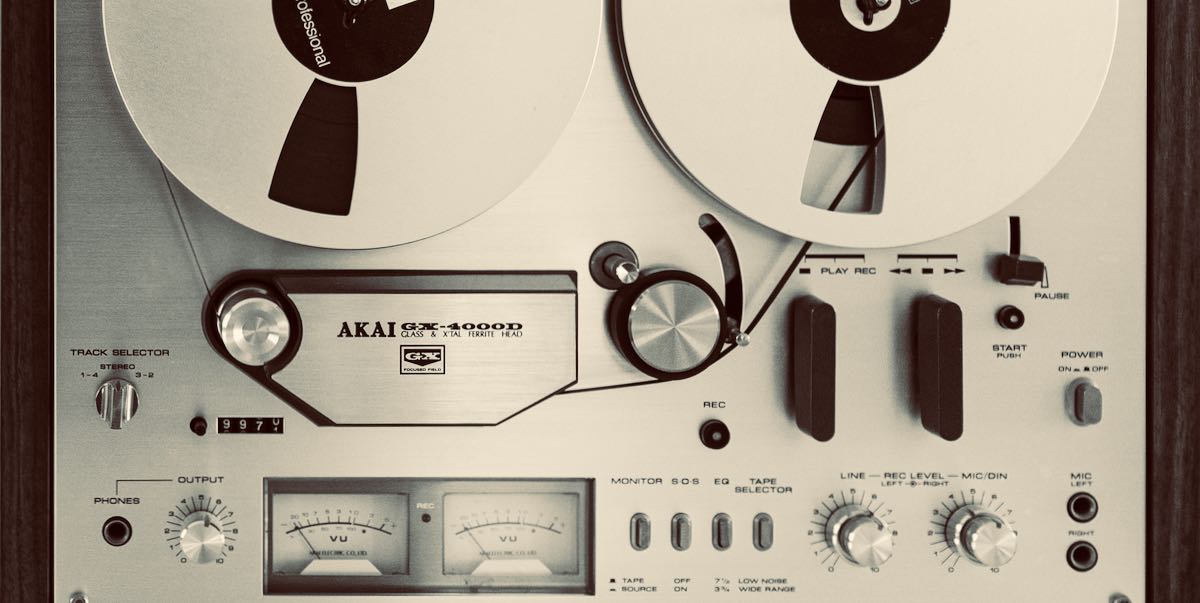 Many thanks to SWLing Post contributor, Bob Purse, owner and curator of the excellent Inches Per Second audio archive and blog, who recently posted a 1968 recording of Radio Australia. This recording is in the queue to be published on the Shortwave Radio Audio Archive, but I thought I’d share it here first since I know there are so many Post readers who are fans of Radio Australia.
Many thanks to SWLing Post contributor, Bob Purse, owner and curator of the excellent Inches Per Second audio archive and blog, who recently posted a 1968 recording of Radio Australia. This recording is in the queue to be published on the Shortwave Radio Audio Archive, but I thought I’d share it here first since I know there are so many Post readers who are fans of Radio Australia.
Bob shares the following notes with his recording on Inches Per Second:
Periodically, I have shared parts of the large collection of shortwave recordings, most of them of Australian programming, which I picked up… somewhere, at some point. I’ve shared most of it, at this point, but have a few tapes left. I held off on this because the quality is fairly poor, then near the end becomes abysmal, but I thought I should share it, since there is an audience for these recordings. The newscast heard here makes it clear (specifically, the golf results, among other stories) that at least part of this tape is from the second week of March, 1968.
Note that this recording will also be available on the SRAA on August 16, 2024. Thanks again for sharing this, Bob!

